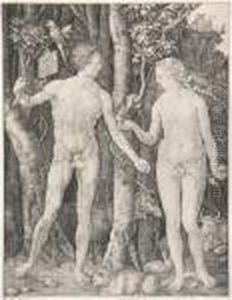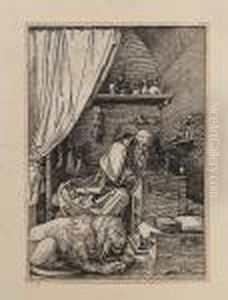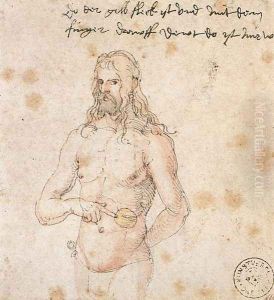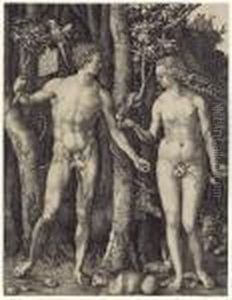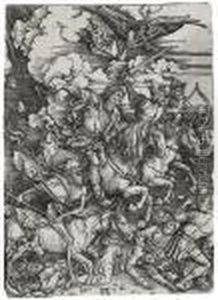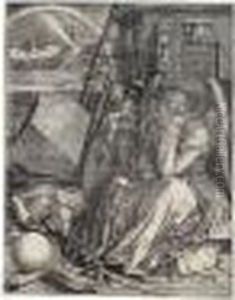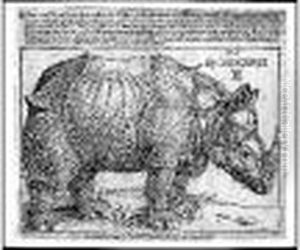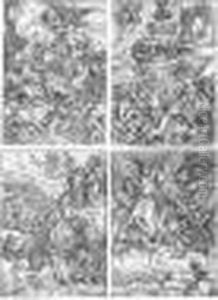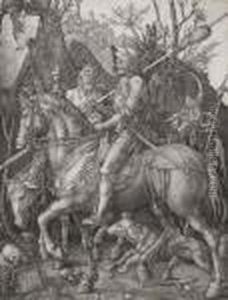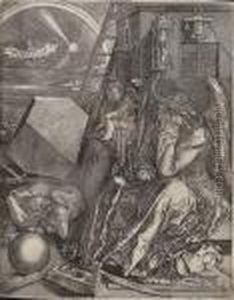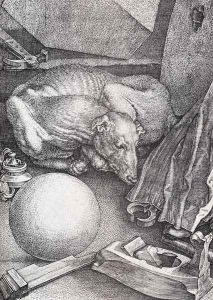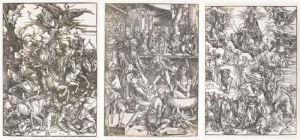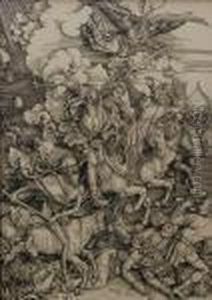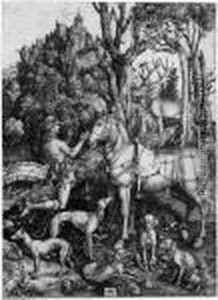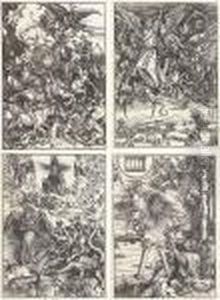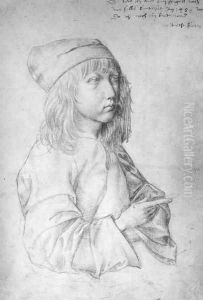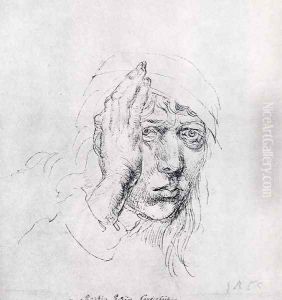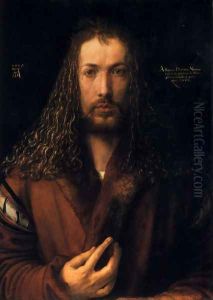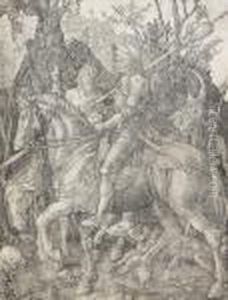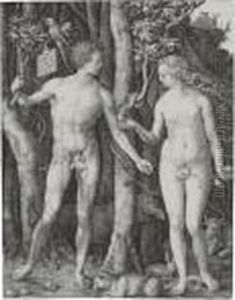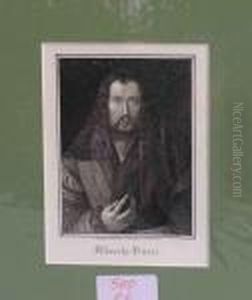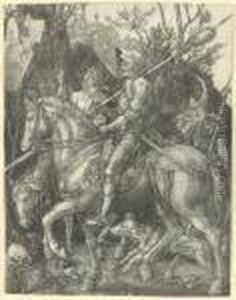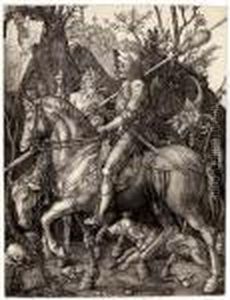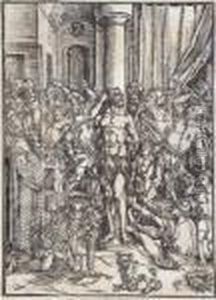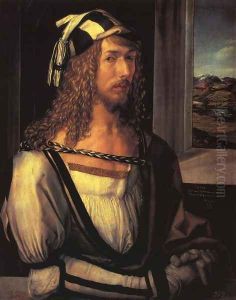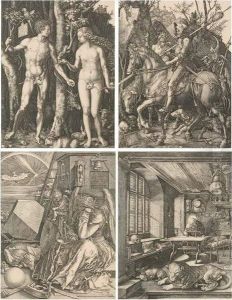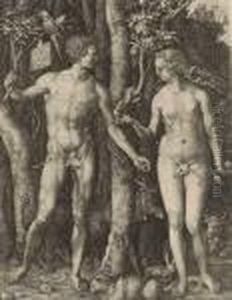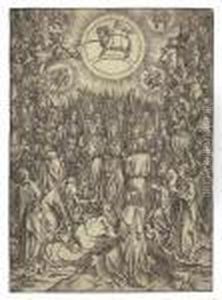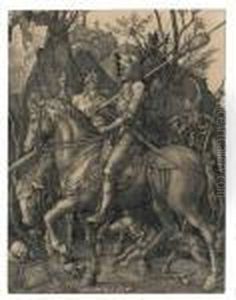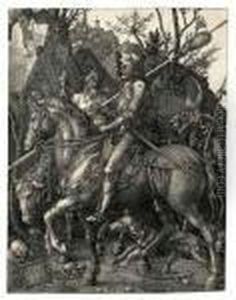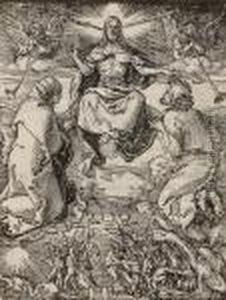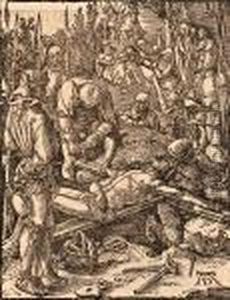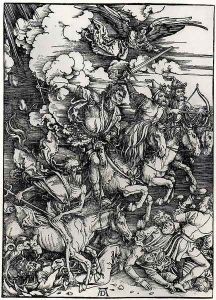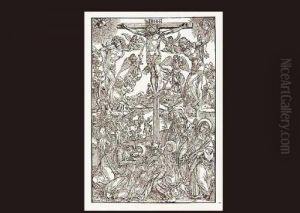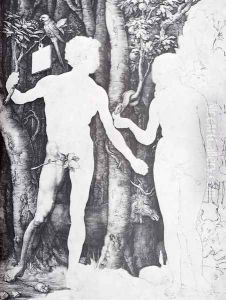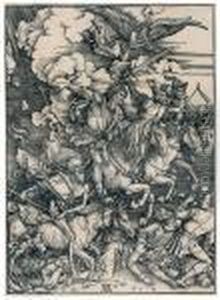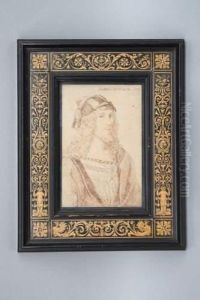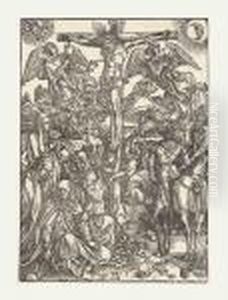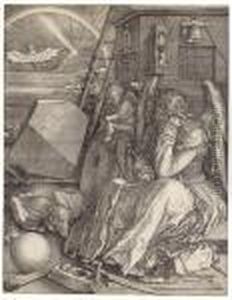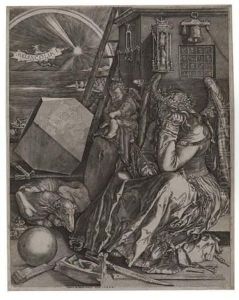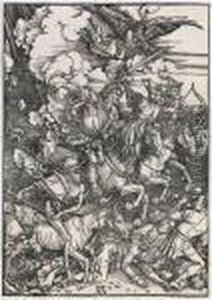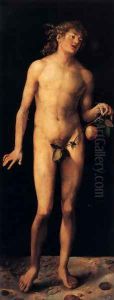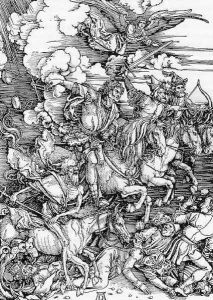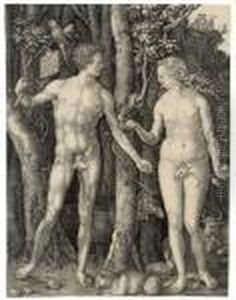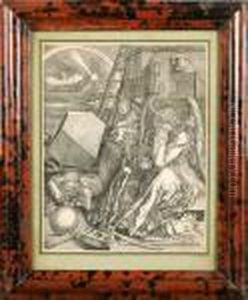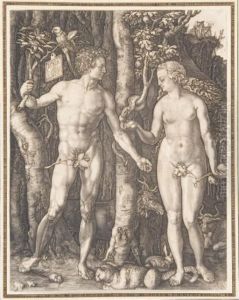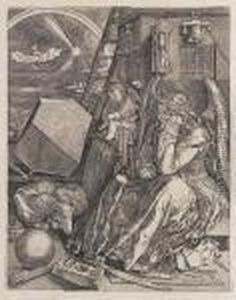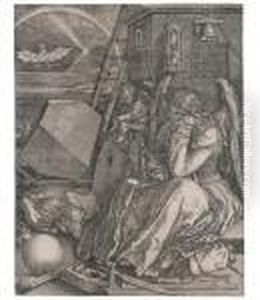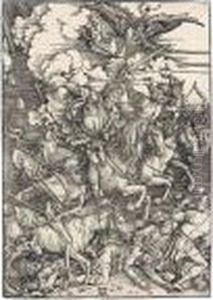Albrecht Durer Paintings
Albrecht Dürer was a German painter, printmaker, and theorist of the German Renaissance. Born on May 21, 1471, in Nuremberg, Dürer established his reputation and influence across Europe when he was still in his twenties due to his high-quality woodcut prints. He was the son of a Hungarian goldsmith, Albrecht Dürer the Elder, from whom he initially learned the basics of goldsmithing and drawing.
Dürer's godfather, Anton Koberger, who was the most successful publisher in Nuremberg at the time, had a profound influence on young Albrecht. In 1486, at the age of 15, Dürer began his apprenticeship with the painter and printmaker Michael Wolgemut, where he was exposed to the art of woodcutting and engraving. After completing his apprenticeship, Dürer traveled widely across Europe, including a significant journey to Italy, where he was exposed to the works of artists such as Giovanni Bellini and the principles of the Italian Renaissance.
Upon his return to Nuremberg in 1495, Dürer opened his own workshop and began to produce a series of woodcuts, now known as the Apocalypse series, which was very well received. His fame grew with his woodcuts and engravings, characterized by their intricate detail and innovative compositions. Dürer's mastery in printmaking techniques, including copper engraving and etching, set a new standard for prints and contributed significantly to the spread of the Renaissance in Northern Europe.
Dürer was also a talented painter and his altarpieces, portraits, and self-portraits are among the most iconic works of the Northern Renaissance. His works in watercolor and bodycolor landscapes are also notable for their pioneering nature. Apart from his artistic endeavors, Dürer was an important art theorist, and his treatises on proportion, human proportions, and fortifications were influential in spreading Renaissance ideas of symmetry and measurement.
Throughout his life, Dürer was in contact with some of the leading figures of his time, including Erasmus of Rotterdam, Martin Luther, and Holy Roman Emperor Maximilian I, who became his patron. Dürer's legacy extends far beyond his printmaking and painting, as he was a key figure in transforming the cultural landscape of Europe during the Renaissance.
Dürer died on April 6, 1528, in his hometown of Nuremberg. He left behind an immense body of work that continues to be studied and admired for its technical excellence, beauty, and intellectual depth. Albrecht Dürer is often referred to as the greatest artist of the Northern Renaissance and his influence can be seen in the works of countless artists who followed.
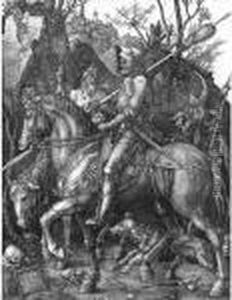
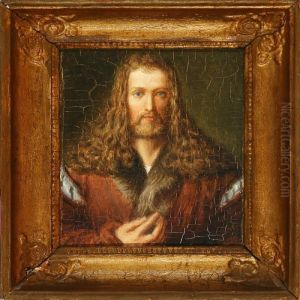
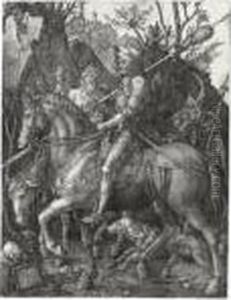
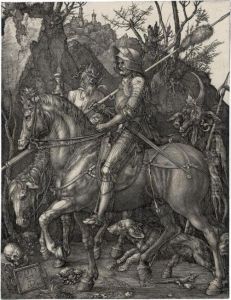
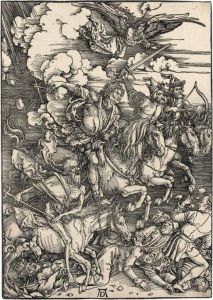
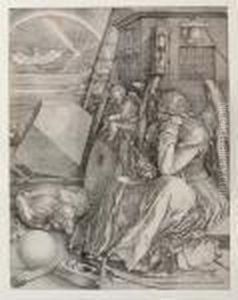
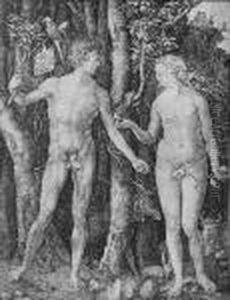
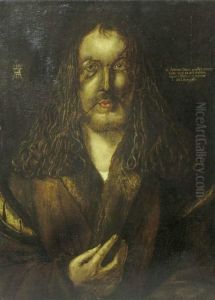
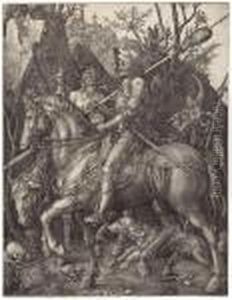
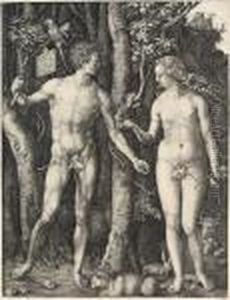
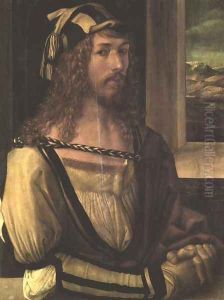
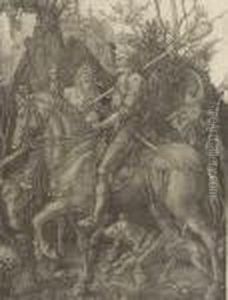
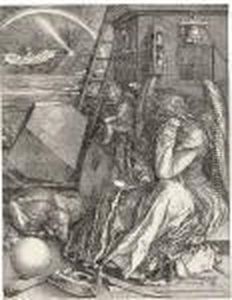
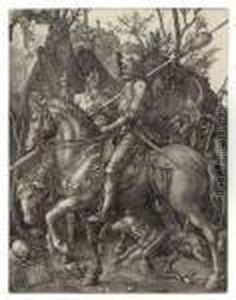
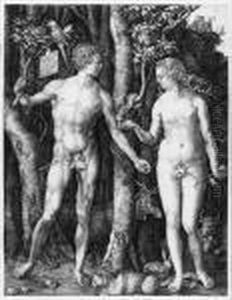
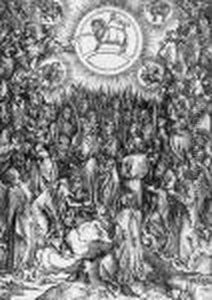
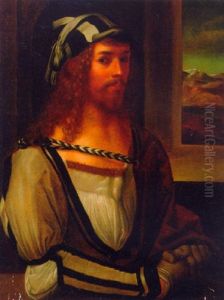
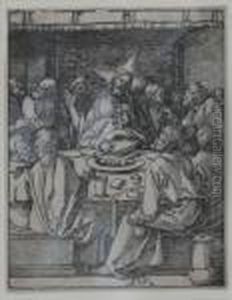
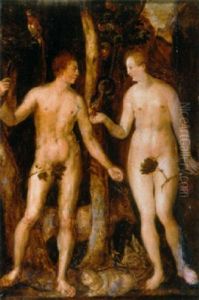
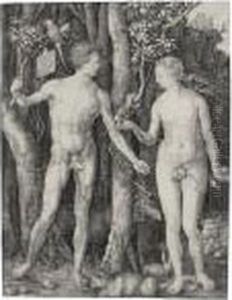
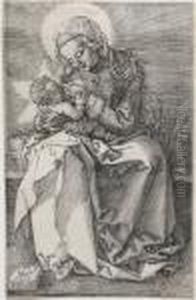
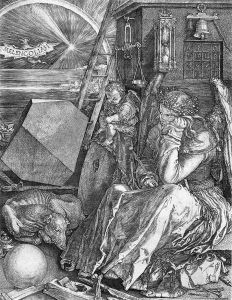
![Self Portrait [detail]](https://www.niceartgallery.com/imgs/146232/s/albrecht-durer-self-portrait-detail-74d43b35.jpg)
